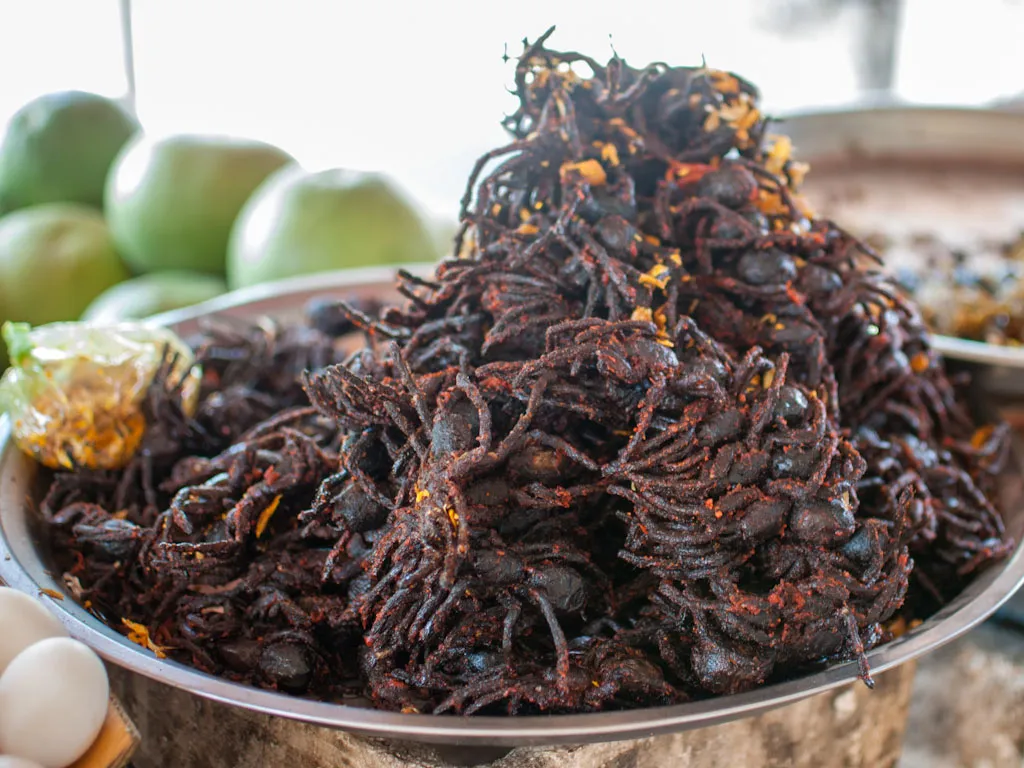What is BBQ Tarantula
BBQ tarantula is exactly what it sounds like a tarantula, specifically prepared and cooked using barbecue techniques. While it might seem unusual to some, this dish has a history rooted in various cultures around the world, particularly in Southeast Asia. The practice involves selecting, cleaning, preparing, and grilling or frying tarantulas to create a unique culinary experience. The dish’s appeal often lies in its texture and flavor, which can vary depending on the species of tarantula and the cooking methods used. For those adventurous eaters, BBQ tarantula offers a distinctive taste and a chance to explore different cultural cuisines.
The History of Eating Tarantulas
The consumption of tarantulas has a fascinating history, with evidence pointing to its practice in various cultures for centuries. In Cambodia, for instance, fried tarantulas, known as ‘A-Ping,’ are a common street food, especially in the town of Skuon. The tradition is believed to have started during the Khmer Rouge regime when food scarcity forced people to find alternative sources of nutrition. Over time, eating tarantulas evolved from a means of survival to a culinary practice that is now embraced by locals and adventurous tourists alike. In other parts of the world, indigenous communities have also included tarantulas in their diets, often roasted over open fires or prepared using traditional cooking methods. These practices show the adaptability of humans and their resourcefulness in utilizing available food sources.
Why People Eat Tarantulas
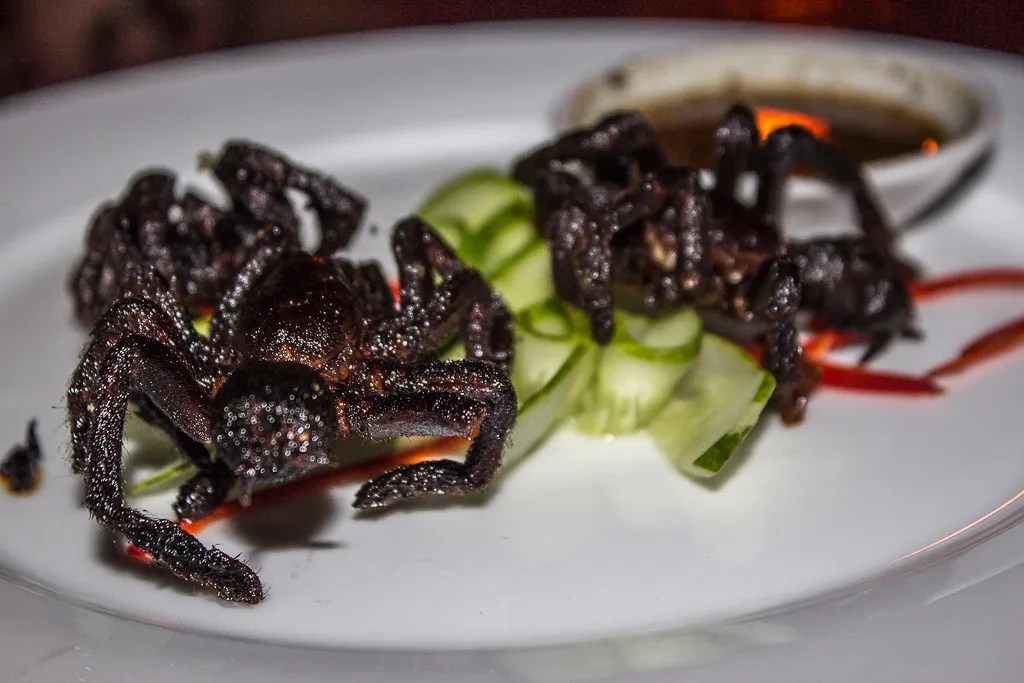
There are several reasons why people choose to eat tarantulas. For some, it is a matter of cultural tradition, where the consumption of insects and other unusual foods is a part of their heritage. In these cultures, eating tarantulas is a normal part of the diet, much like any other protein source. Others are motivated by curiosity and a desire to try new and exotic foods. BBQ tarantula can be an exciting culinary adventure, offering a unique flavor profile and texture that sets it apart from more conventional dishes. Finally, tarantulas can be a sustainable food source. As insects, tarantulas have a lower environmental impact compared to traditional livestock, making them an attractive option for those interested in sustainable eating practices.
Choosing the Right Tarantula for BBQ
Selecting the right tarantula is crucial for a safe and enjoyable BBQ experience. It is important to source your tarantulas from reputable vendors to ensure they are safe for consumption. Wild-caught tarantulas may carry parasites or toxins, so it is best to avoid them. When choosing tarantulas, look for ones that are healthy and well-fed. The size and species of the tarantula can also influence the taste and texture. The most common species used for cooking are typically larger, as they provide more meat and are easier to prepare. Before you even consider cooking, you should ensure the tarantulas are safe and suitable for your purposes.
Identifying Safe Tarantulas
The safety of a tarantula for consumption depends on several factors, including its species, origin, and overall health. Avoid species known to be highly venomous or aggressive. Always source your tarantulas from trusted suppliers that can provide information about their origin and care. Ensure that the tarantulas have been properly handled and are free from any signs of disease or infestation. If you are unsure about a particular species, consult with an expert or do thorough research before proceeding. It’s critical to know what you’re dealing with to avoid any potential health risks associated with unsafe species.
Where to Find Tarantulas
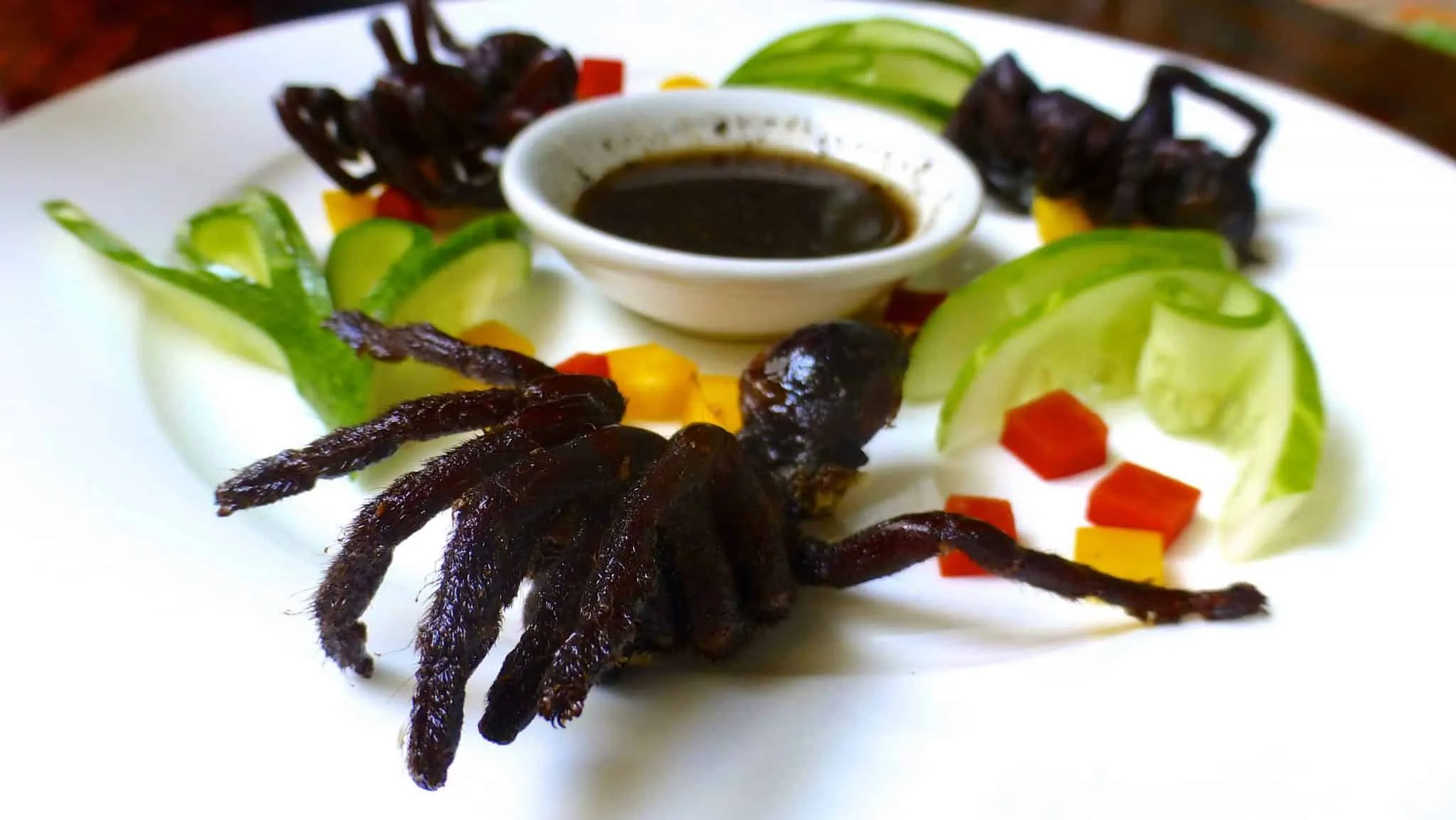
Finding tarantulas for BBQ can be an adventure in itself. Depending on your location, you might be able to find them at specialty insect farms or exotic food markets. In areas where tarantula consumption is traditional, you may find them readily available in local markets. You can also explore online vendors that specialize in edible insects. However, always make sure you are purchasing from a reputable source that can guarantee the quality and safety of the tarantulas. When buying, consider the ethical implications of your purchase and choose vendors that practice sustainable and humane harvesting methods.
BBQ Tarantula Preparation Cleaning and Preparing the Tarantula
Proper preparation is key to a delicious and safe BBQ tarantula. The process involves several steps to ensure the tarantula is clean, safe to eat, and ready for cooking. The first step in preparing a tarantula involves removing any potential hazards. It’s essential to handle the tarantula with care, especially if it is alive. You should remove the fangs, which can be a safety risk, and any unwanted parts of the body, such as the digestive tract, which might contain undesirable substances. Always wear gloves during handling to prevent irritation or allergic reactions. Thorough cleaning is fundamental before cooking.
Cleaning the Tarantula
Before cooking, cleaning the tarantula is essential. Start by gently rinsing the tarantula under cold water to remove any dirt or debris. Some cooks prefer to soak the tarantula in a solution of water and vinegar or salt to help clean it thoroughly. This process can also aid in tenderizing the meat. After soaking, pat the tarantula dry with paper towels. During cleaning, pay close attention to the legs and abdomen, ensuring that all surfaces are clean and free from any unwanted particles. Proper cleaning is crucial to ensure a palatable final product, removing any unwanted tastes or textures. Be meticulous throughout this phase to ensure the best results.
Preparing the Tarantula for Cooking
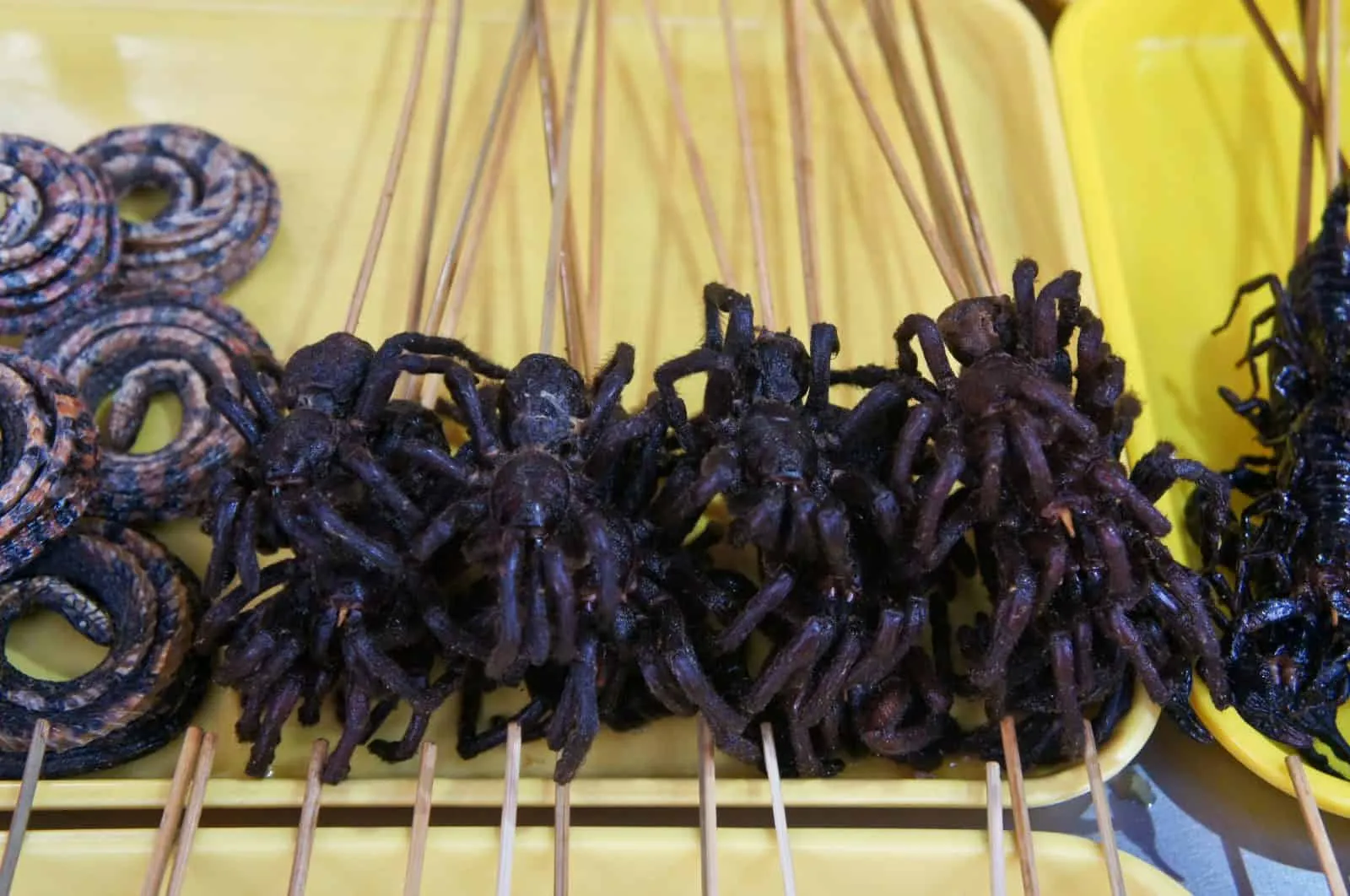
Once the tarantula is clean, it’s time to prepare it for cooking. Some cooks will remove the hairs from the tarantula’s body, as these can cause irritation when eaten. This is often done by carefully brushing or peeling off the hairs. Next, you can consider marinating the tarantula to enhance its flavor. Popular marinades include soy sauce, garlic, ginger, and various spices. The marinade not only adds flavor but also helps tenderize the meat. Alternatively, you might choose to butterfly the tarantula, cutting it open to allow for more even cooking. Whether you choose to marinate or not, preparing the tarantula correctly will greatly affect the taste.
BBQ Tarantula The Perfect BBQ Recipe
Crafting the perfect BBQ tarantula involves several key steps, starting with seasoning. The choice of seasonings is crucial for bringing out the best flavors in the tarantula. Marinades and spice rubs can add depth and complexity to the dish. The cooking method you select will further influence the final result. Whether you decide to grill, fry, or roast the tarantula, each method offers a unique flavor profile and texture. This section provides guidelines for the best practices to ensure your BBQ tarantula turns out delicious and memorable.
Seasoning the Tarantula
Seasoning is a pivotal step in the BBQ tarantula cooking process. The choice of seasonings can make or break the dish. A simple approach is to use a combination of salt, pepper, and garlic powder. For more complexity, consider adding paprika, onion powder, or a pinch of cayenne pepper for some heat. Marinades, such as soy sauce with ginger and sesame oil, can also add a layer of flavor. When seasoning, ensure the tarantula is evenly coated with the spices. Allow the tarantula to marinate for at least 30 minutes before cooking. The right seasoning will not only enhance the taste but also complement the unique flavor of the tarantula.
Cooking Methods Grilling, Frying, or Roasting
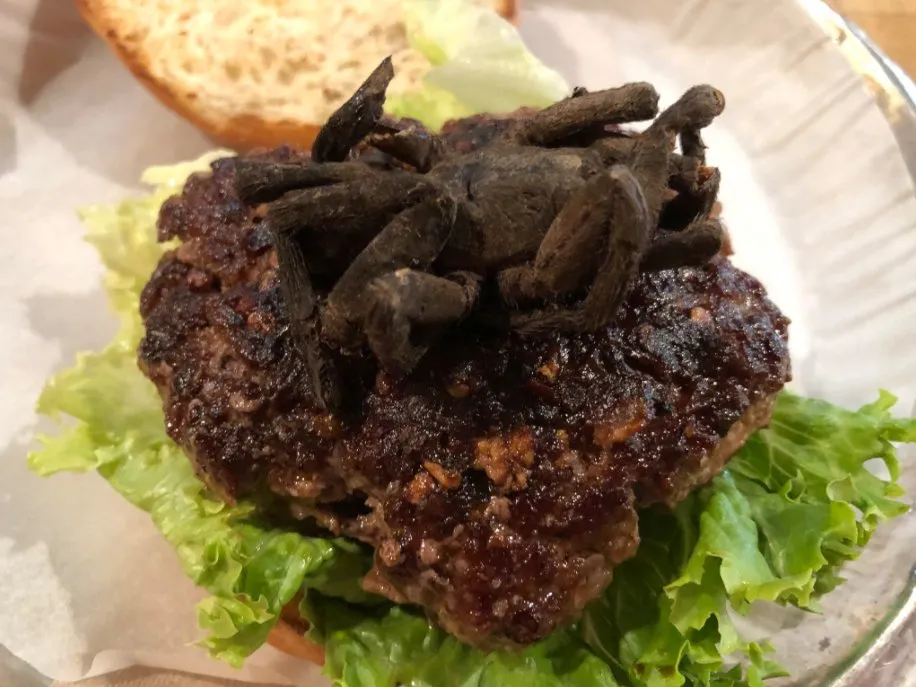
There are several cooking methods to choose from when preparing BBQ tarantula, each offering a different texture and flavor. Grilling gives the tarantula a smoky flavor and a slightly crispy exterior. Frying, especially deep-frying, results in a crispy texture. Roasting in the oven is another option, offering a more even cooking process. The best method depends on your preference and available equipment. When grilling, ensure the tarantula is cooked thoroughly, but not overcooked, to maintain moisture. When frying, keep an eye on the oil temperature to achieve the perfect crispiness. The cooking time will vary depending on the chosen method and the size of the tarantula. Correct cooking is crucial for the overall taste.
Tips for Cooking Tarantulas
To cook the perfect BBQ tarantula, there are some helpful tips to keep in mind. First, avoid overcooking, as tarantulas can become tough and dry. Use a meat thermometer to ensure the internal temperature reaches a safe level. When grilling, maintain a moderate heat to prevent burning the exterior before the inside is cooked. Marinating the tarantula for at least 30 minutes before cooking will help tenderize the meat and add flavor. Be patient during the cooking process, as it can take some time to achieve the desired texture and taste. Finally, don’t be afraid to experiment with different seasonings and cooking methods to discover your perfect BBQ tarantula recipe.
Serving and Eating BBQ Tarantula
Serving and eating BBQ tarantula can be an exciting experience. The way you present the dish can influence the overall enjoyment of the meal. The side dishes you choose can complement the unique flavors of the tarantula. Knowing how to eat tarantula properly will enhance the experience, making it more enjoyable and safe. In this section, we’ll explore these aspects to help you make the most of your BBQ tarantula adventure.
What to Serve with Tarantula
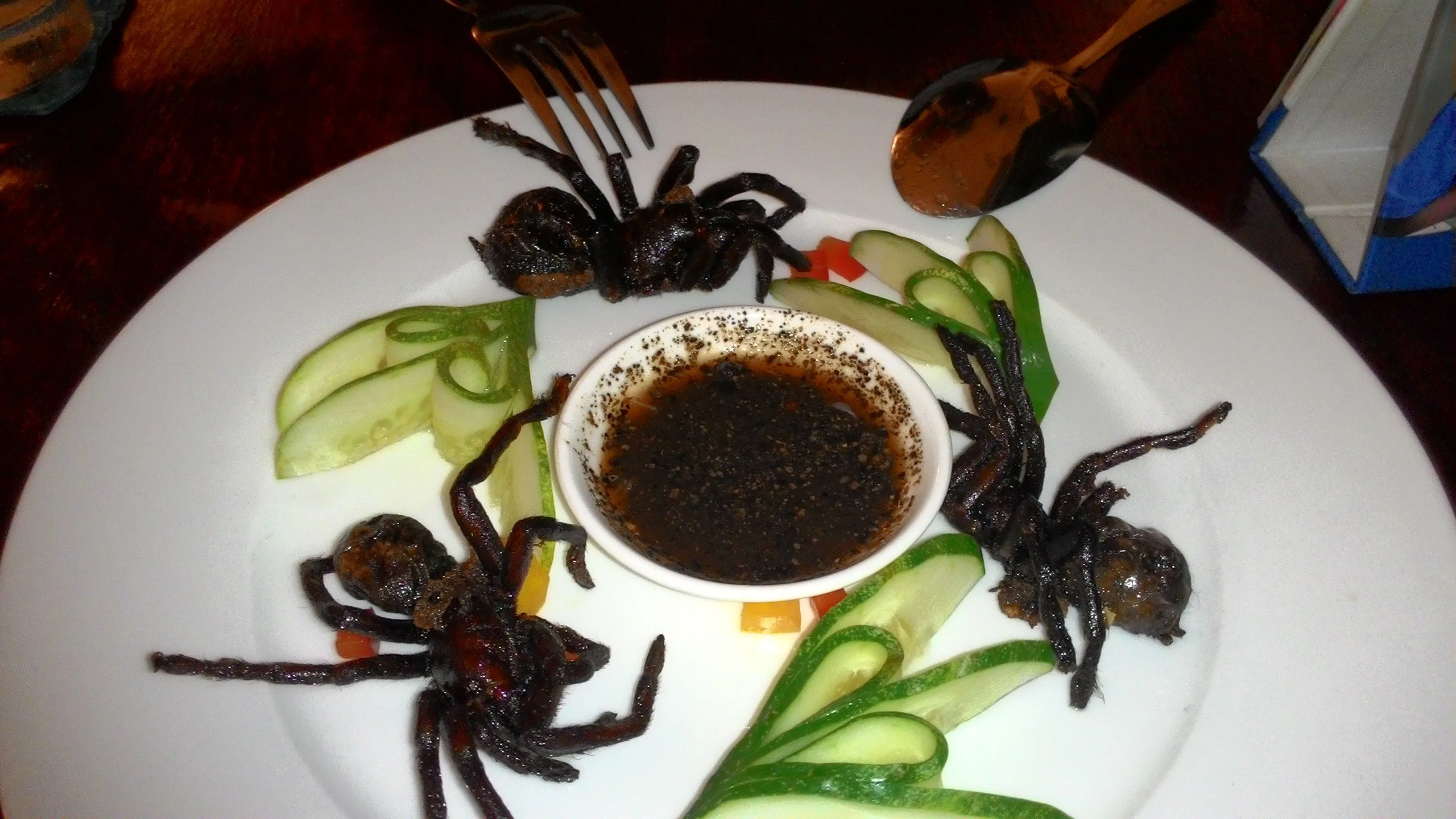
Choosing the right sides can elevate the BBQ tarantula experience. The goal is to balance the rich flavors of the tarantula with complementary dishes. Consider serving the tarantula with a variety of sides, such as rice, noodles, or fresh vegetables. A simple salad with a light vinaigrette can provide a refreshing contrast to the savory tarantula. For a bolder pairing, try spicy dipping sauces or a flavorful dipping sauce. The key is to choose sides that provide a balanced and enjoyable meal. Experimenting with different combinations will help you discover your favorite pairings.
How to Eat Tarantula A Step-by-Step Guide
Eating tarantula can be different for everyone, it’s important to know the right way to eat it. Typically, you start by removing the legs and body hairs, if they haven’t already been removed during preparation. The body contains most of the meat, which is often described as having a slightly nutty flavor. Some people enjoy eating the abdomen, while others prefer to avoid it because of its texture and the presence of internal organs. It is important to eat slowly and savor the flavors. Some people eat the entire tarantula, while others might prefer to discard certain parts. Eating tarantula is an adventure and it’s better to experience it slowly.
Safety Considerations Eating Tarantulas
When considering eating tarantulas, safety should be your top priority. There are several factors to keep in mind, including the potential for allergic reactions and the health risks associated with eating insects. Understanding these safety considerations will help you make informed decisions and enjoy your BBQ tarantula meal responsibly. While tarantulas can be a unique and interesting culinary experience, it is crucial to approach them with care and caution to avoid any adverse health effects.
Allergic Reactions
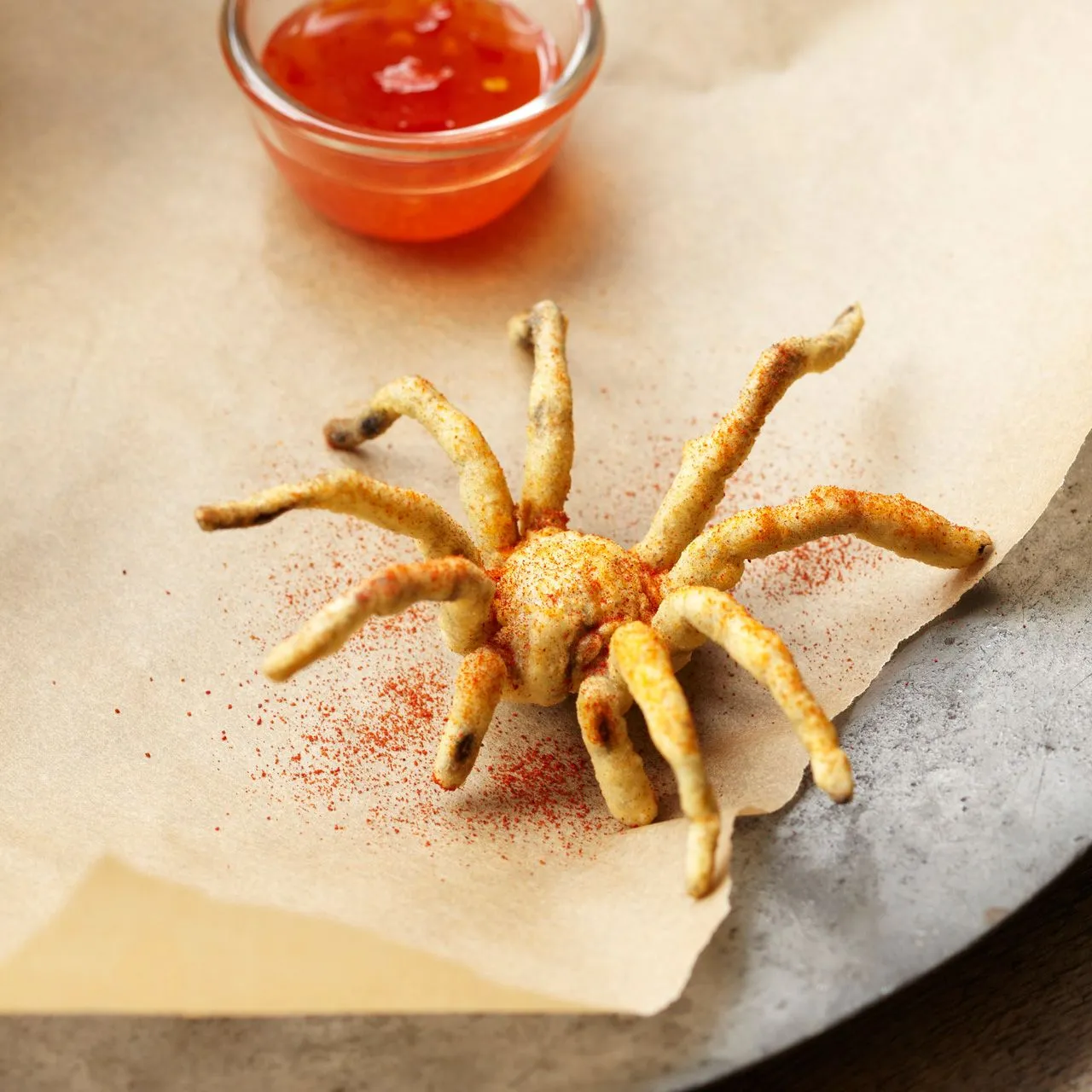
One of the primary safety concerns when eating tarantulas is the potential for allergic reactions. People with allergies to other insects, such as shellfish or other arthropods, may be at a higher risk of experiencing an allergic reaction to tarantulas. Symptoms of an allergic reaction can range from mild skin rashes to severe anaphylactic shock. If you have a known allergy to insects or other arthropods, it is essential to consult with a doctor before consuming tarantulas. Even if you do not have a known allergy, it’s advisable to start with a small portion to gauge your body’s reaction. Always be prepared to handle any allergic symptoms, such as having an epinephrine auto-injector (EpiPen) readily available.
Potential Health Risks
In addition to allergic reactions, there are other potential health risks associated with eating tarantulas. Tarantulas can carry parasites or toxins, especially if they are wild-caught or not properly handled and prepared. It is crucial to ensure that the tarantulas are sourced from reputable suppliers and are thoroughly cleaned and cooked to minimize the risk of contamination. Overconsumption of tarantulas could potentially lead to digestive issues or other health problems. Furthermore, the nutritional content of tarantulas may vary depending on their diet and environment. Make sure you are aware of any risks, and if in doubt, consult a medical professional.
